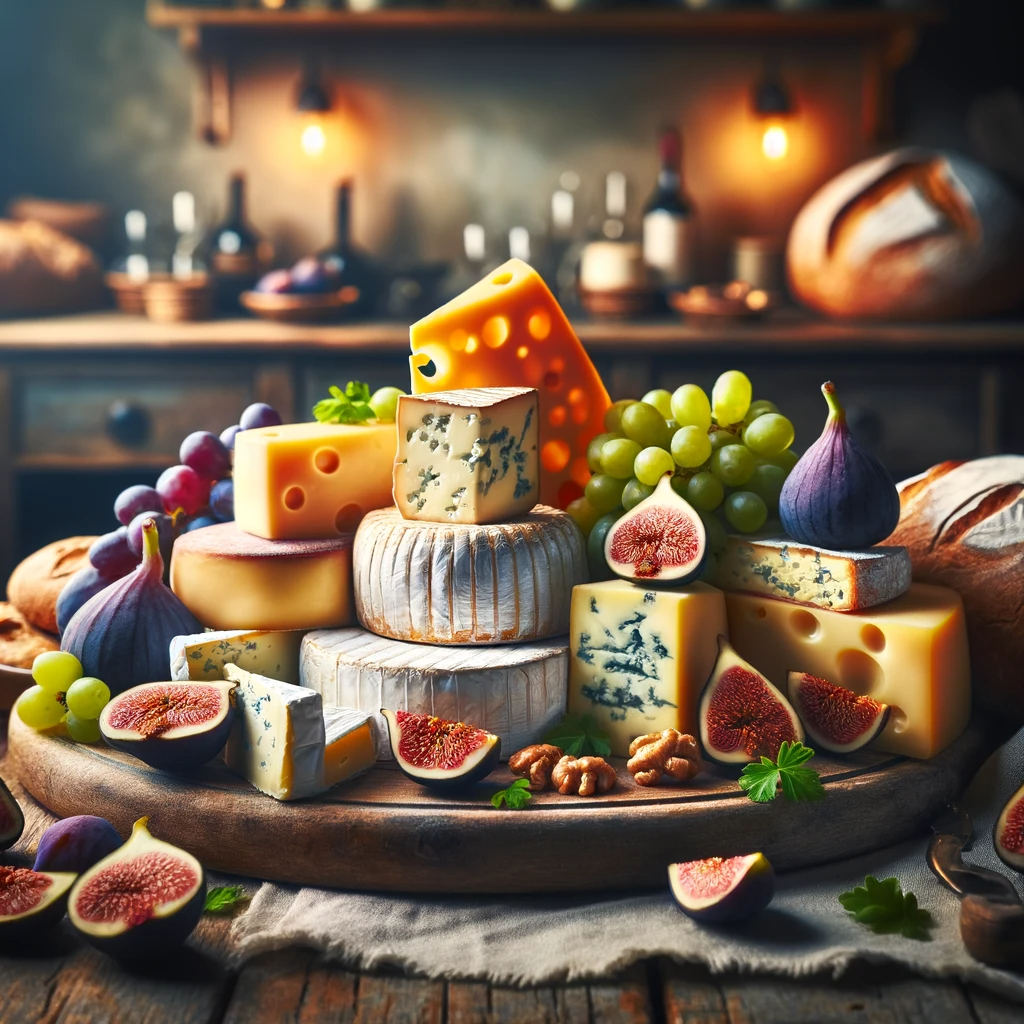Introduction
When it comes to cheese, there’s a world of flavors, textures, and aromas to explore. While cheese itself is a delectable treat, some cheeses stand out from the rest and earn prestigious awards for their exceptional quality. Have you ever wondered what makes award-winning cheeses so special? It’s not just luck or chance; it’s a careful combination of various elements that contribute to their excellence. In this article, we will delve into the secret ingredients that make award-winning cheeses truly remarkable.
1. Quality Milk
The Foundation of Excellence
The first and foremost secret ingredient in crafting award-winning cheeses is high-quality milk. The source and treatment of milk play a crucial role in the final product’s flavor and texture. The key factors include:
- Source: Cheeses made from milk produced by well-cared-for animals on healthy, sustainable farms tend to be of higher quality.
- Milk Composition: The ratio of fats, proteins, and solids in the milk affects the cheese’s texture and taste.
- Freshness: Fresh milk produces cheeses with a cleaner and more vibrant flavor.
2. Cheese Cultures
Flavorful Microorganisms
The art of cheese-making relies on the introduction of specific bacteria and yeast cultures. These cultures help develop unique flavors and textures in cheese. Some important considerations include:
- Starter Cultures: These friendly bacteria kickstart the fermentation process, contributing to the cheese’s flavor and structure.
- Ripening Cultures: Different strains of molds and bacteria are used during aging to create distinct characteristics like blue veins or rinds.
- Temperature and Time: The choice of cultures and their incubation conditions are critical for developing the desired flavor profiles.
3. Curdling Agents
Creating Solids from Liquids
Curdling agents are responsible for transforming milk into curds and whey, the fundamental components of cheese. Key curdling agents are:
- Rennet: Traditional animal rennet or vegetarian alternatives can be used to coagulate milk proteins, forming curds.
- Acids: Lemon juice, vinegar, or other acids can also be used to curdle milk for certain cheese varieties.
4. Salt
Balancing Act
Salt is an essential ingredient that not only enhances the cheese’s flavor but also plays a crucial role in preservation. It contributes to:
- Flavor Enhancement: Salt accentuates the cheese’s natural flavors and provides a balanced taste.
- Texture Control: Salt affects the cheese’s moisture content, impacting its texture during aging.
- Preservation: Salt helps inhibit the growth of harmful bacteria, allowing for safe long-term aging.
5. Aging Conditions
The Patience Factor
The art of aging cheese is where magic truly happens. Factors that influence cheese aging include:
- Temperature: Aging at specific temperatures helps develop unique flavors and textures in cheese. Cooler temperatures result in slower aging and milder flavors, while warmer conditions lead to bolder flavors.
- Humidity: Controlling humidity is crucial to prevent the cheese from drying out or developing unwanted molds.
- Time: The duration of aging varies greatly among different cheese types, ranging from weeks to several years.
6. Skilled Craftsmanship
The Human Touch
Behind every award-winning cheese, there is a skilled cheesemaker with a deep understanding of the craft. Factors to consider include:
- Experience: Cheesemakers’ knowledge of cheese chemistry, techniques, and regional traditions contribute significantly to the final product.
- Attention to Detail: The smallest deviations in temperature, humidity, or timing can affect the outcome, making precision crucial.
- Innovation: Creative experimentation and adaptation of traditional methods can lead to groundbreaking cheese varieties.
Conclusion
Award-winning cheeses are the result of a harmonious blend of high-quality milk, carefully selected cultures, curdling agents, salt, aging conditions, and the craftsmanship of dedicated cheesemakers. These secret ingredients, when combined with a passion for the art of cheese-making, result in cheeses that stand out and earn accolades for their exceptional taste and quality. So, the next time you savor a slice of award-winning cheese, you’ll have a deeper appreciation for the secrets hidden within its creamy, flavorful depths.
